A slew of new conflicts could erupt in 2024, analysts say — while the world is watching Gaza and Ukraine
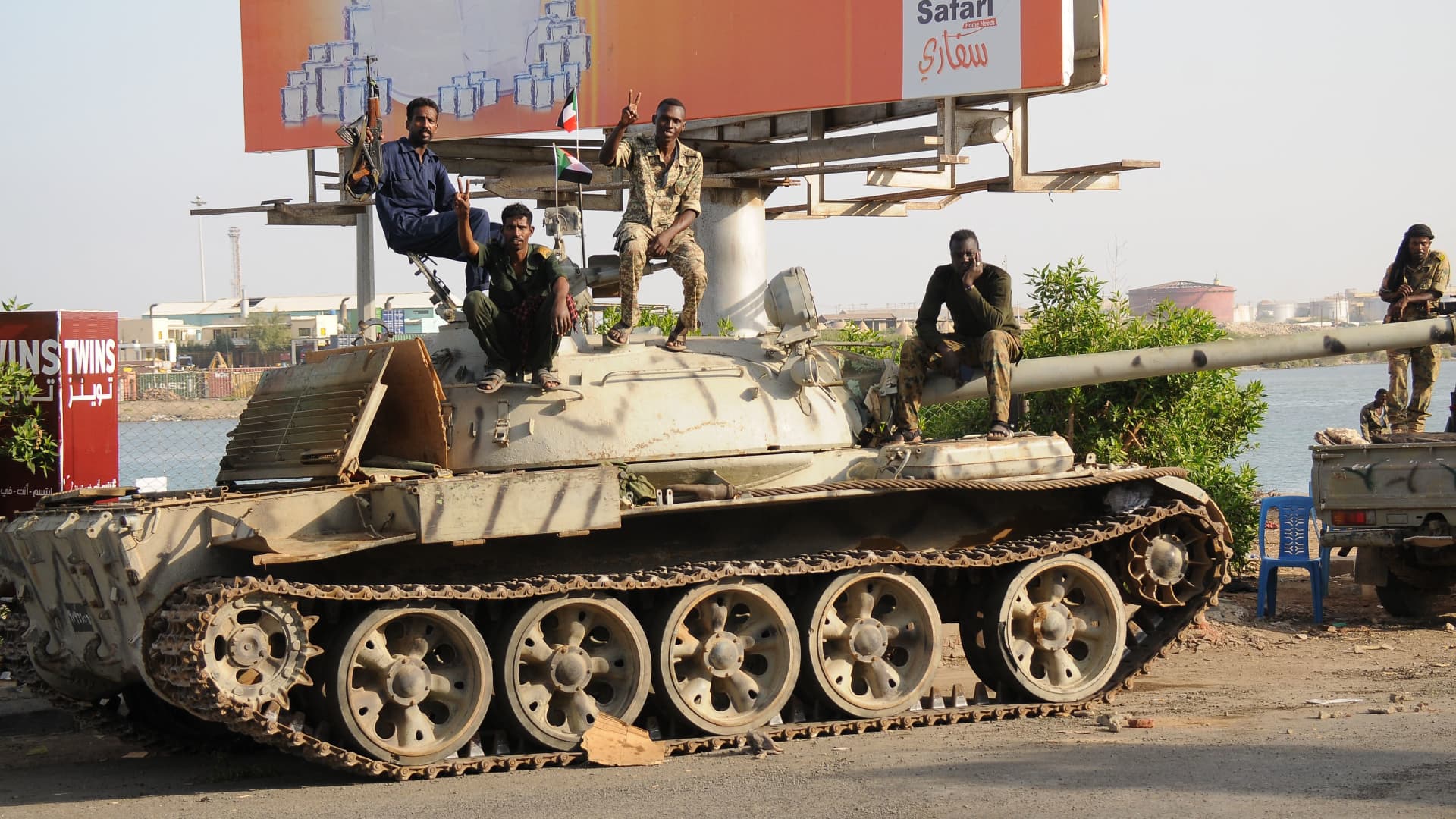
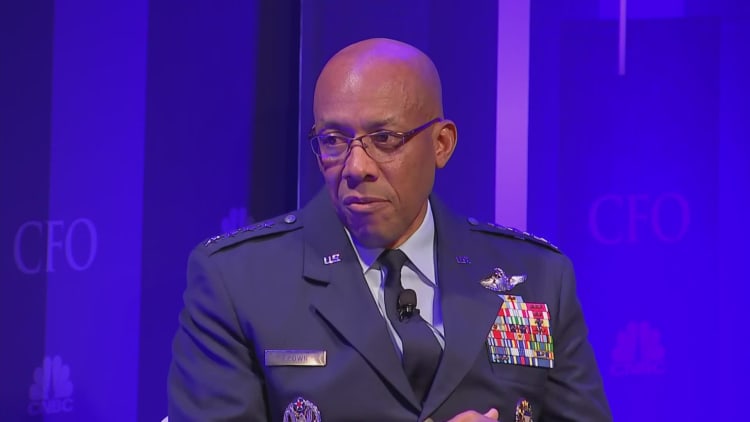
Sudanese army soldiers, loyal to army chief Abdel Fattah al-Burhan, sit atop a tank in the Red Sea city of Port Sudan, on April 20, 2023.
– | Afp | Getty Images
With the eyes of the world on the ongoing wars in Ukraine and Gaza, an unprecedented number of potentially “catastrophic” conflicts are going under the radar, analysts have warned.
The International Rescue Committee earlier this month released its emergency watchlist for 2024, documenting the 20 countries at the greatest risk of security deterioration. These countries account for around 10% of the world’s population but around 70% of its displaced persons, along with approximately 86% of global humanitarian need.
The U.N. estimated in October that over 114 million people were displaced by war and conflict worldwide. That figure is now likely higher.
IRC President and CEO David Miliband said that for many of the people his organization serves, this is the “worst of times,” as exposure to climate risk, impunity in an ever-growing number of conflict zones and spiraling public debt collide with “diminishing international support.”
“The headlines today are rightly dominated by the crisis in Gaza. There is good reason for that — it is currently the most dangerous place in the world to be a civilian.” Miliband said.
“But the Watchlist is a vital reminder that other parts of the world are on fire as well, for structural reasons relating to conflict, climate and economy. We must be able to address more than one crisis at once.”
Isabelle Arradon, research director at the International Crisis Group, told CNBC earlier this month that conflict fatalities globally are at their highest since 2000.
“All the red flags are there, and on top of that, there is a shortage of means to resolve conflict. There’s a lot of geopolitical competition and less appetite for resolving these deadly conflicts,” she added.
Sudan
Number one on the IRC’s watchlist is Sudan, where fighting erupted in April 2023 between the country’s two military factions, and internationally-brokered peace talks in Saudi Arabia yielded no solution.
The conflict has now expanded into “large-scale urban warfare” that is garnering “minimal” international attention and poses a serious risk of regional spillover, the IRC said, with 25 million people in urgent humanitarian need and 6 million displaced.
The Rapid Support Forces — led by Gen. Mohammed Hamdan Dagalo (known as Hemedti) and allegedly supported by the UAE and Libyan warlord Khalifa Haftar — has expanded a multi-pronged offensive from the conflict’s epicenter in the capital of Khartoum, leaving a trail of alleged atrocities in the western region of Darfur.
METEMA, Ethiopia – May 4, 2023: Refugees who crossed from Sudan to Ethiopia wait in line to register at IOM (International organization for Migration) in Metema, on May 4, 2023. More than 15,000 people have fled Sudan via Metema since fighting broke out in Khartoum in mid-April, according to the UN’s International Organization for Migration, with around a thousand arrivals registered per day on average
AMANUEL SILESHI/AFP via Getty Images
The RSF reportedly pushed into central Sudan for the first time in recent days, prompting further mass exoduses of people from areas previously held by the Sudanese Armed Forces.
The ICG’s Arradon told CNBC that alongside the ongoing risk of further mass atrocities in Darfur is the possibility of an “all-out ethnic conflict” that draws in more armed groups from the region.
“Peace initiatives are very limited right now. Clearly, at the global level, there is a lot of distraction, and so the situation in Sudan is one where I don’t think there’s enough serious engagement right now at a high level for cease-fire negotiations, and so there needs to be a greater push,” she said.
The flow of refugees into neighboring South Sudan and Ethiopia, themselves blighted by internal conflict, the effects of climate change and extreme economic hardship, amplify the risks of spillover, analysts believe.
Democratic Republic of the Congo, Rwanda
Last week’s chaotic election in the Democratic Republic of the Congo marked just the start of a new electoral cycle that will continue through 2024 against a brittle backdrop.
Voting was marred by long delays at polling stations, with some failing to open all day and voting extended into Thursday in some areas of the massive mineral-rich country with 44 million registered voters.
Several opposition candidates called for the election to be canceled, the latest controversy after a campaign blighted by violence as 18 candidates challenged incumbent President Félix Tshisekedi for the leadership.
Partial preliminary results suggest Tshisekedi is well ahead in the vote, but the government on Tuesday banned protests against the election that were called for by five opposition candidates.
The political turbulence comes amid ongoing armed conflict in eastern DRC and widespread poverty, and precedes further regional elections early next year.
The likely prolonged contestation of the results, borne out of long-held suspicions among Tshisekedi’s fragmented opposition about the independence of the electoral commission, could spark further conflict with implications for the wider region, crisis analysts believe.
“We’re very concerned about the risk of a serious crisis. We saw in 2018 already how the contestation of the vote was a big problem, but now we have on top of that M23 [rebels], backed by Rwanda, that is increasing its fighting and coming very close to [the city of] Goma,” Arradon explained.
M23 rebels reappeared in the province of North Kivu in eastern DRC in November 2021, and have been accused by human rights groups of multiple apparent war crimes since late 2022 as they expand their offensive.
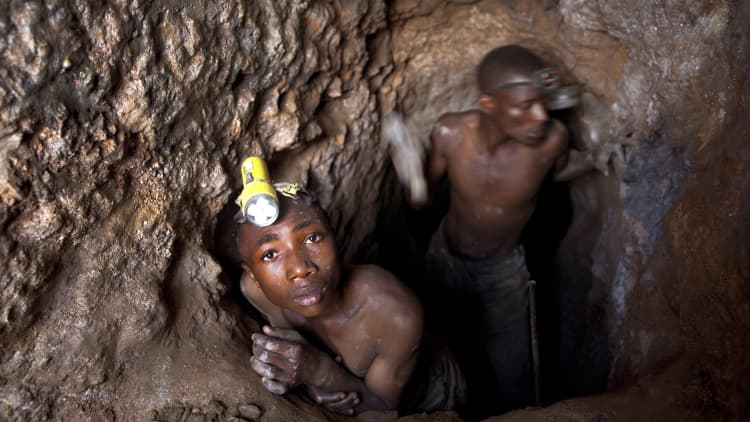
Neighboring Rwanda has allegedly deployed troops to eastern Congo to provide direct military support to M23, stoking tensions between Kigali and Kinshasa, and prompting U.N. Secretary-General Antonio Guterres to repeatedly voice concern about the risk of a “direct confrontation.”
The combination of a fractured and distrustful political backdrop, an ongoing armed rebellion and extreme socio-economic pressures render the region fertile ground for conflict next year.
Arradon described the situation in DRC and other active and potential conflict zones around the world as “catastrophic.”
“DRC, we’re talking about 6 million displaced. If you look at Myanmar, of course you’ve got this huge population in Bangladesh of displaced Rohingyas, and also displaced within Myanmar itself,” she said.
“We’ve never seen so many people on the move globally, largely due to conflict. It’s not just people on the move, it’s the fact that often civilian populations live side by side with armed groups, and that’s the case in Myanmar, that’s the case in the east of DRC, also in Sudan, in the west and Darfur.”
Myanmar
The civil war in Myanmar has been underway since a February 2021 military coup, and subsequent brutal crackdown on anti-coup protests, triggered an escalation of long-running insurgencies from ethnic armed groups throughout the country.
Government forces have been accused of indiscriminate bombing and both the IRC and IGC fear the tactics may be ramped up in 2024 as ethnic armed groups and resistance forces have made significant gains in the north of the country.
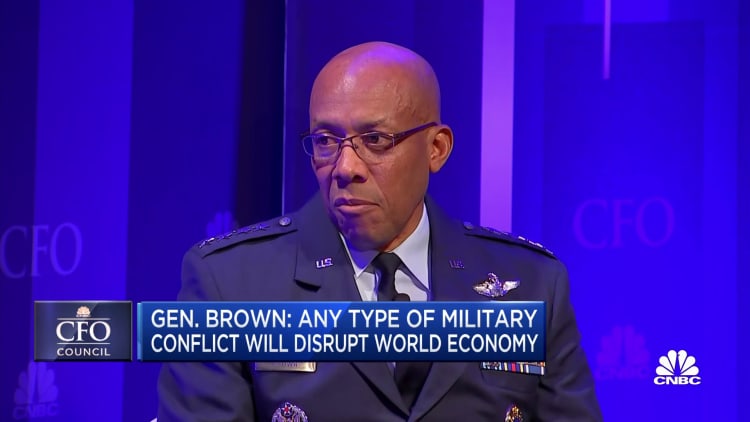
The military currently faces challenges from an alliance of three ethnic armed groups in the northern Shan State, along with one of the country’s largest armed groups in the northwestern Sagaing region and smaller resistance forces in Kayah State, Rakhine State and along the Indian border in the west.
“For first time in decades, military will have to fight numerous, determined and well-armed opponents simultaneously in multiple theatres; it may double down on brutal efforts to reverse tide on battlefield, including scorched-earth tactics and indiscriminate bombing in coming weeks,” the IGC’s latest CrisisWatch report assessed.
The Sahel
Countries across the Sahel have experienced a swathe of military coups over the past couple of years, partly in response to heightened instability as governments struggle to tackle Islamist militant insurgencies spreading throughout the region.
The Sahel encompasses north-central Africa’s semi-arid belt between the Sahara Desert and savanna regions, and includes Burkina Faso, Cameroon, Chad, The Gambia, Guinea, Mauritania, Mali, Niger, Nigeria and Senegal.
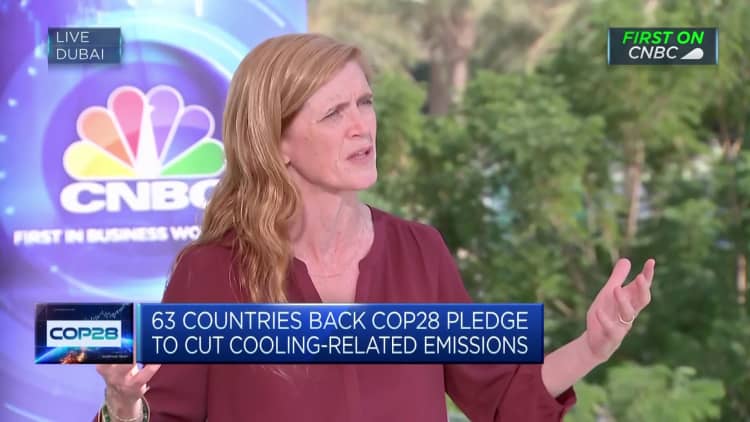
Mali, Niger, Burkina Faso, Guinea and Chad have all endured coups and severe instability in the last three years. IGC’s Arradon said security issues had been deepened by the fallout from civil war in Libya to the north, which saw a deluge of weapons move south to supply armed groups in countries with large proportions of their populations in “peripheries that have felt neglected.”
“So this overall security context of populations feeling neglected, plus easy access to weapons, has indeed created a growing security risk in the Sahel region, and the dissatisfaction from these populations has grown,” she added.
…and many more
Alongside these, the IGC also has grave concerns about potential outbreaks of armed conflict in Haiti, Guatemala, Ethiopia and Cameroon, along with the well-documented risk of a Chinese incursion into Taiwan and its global geopolitical implications.